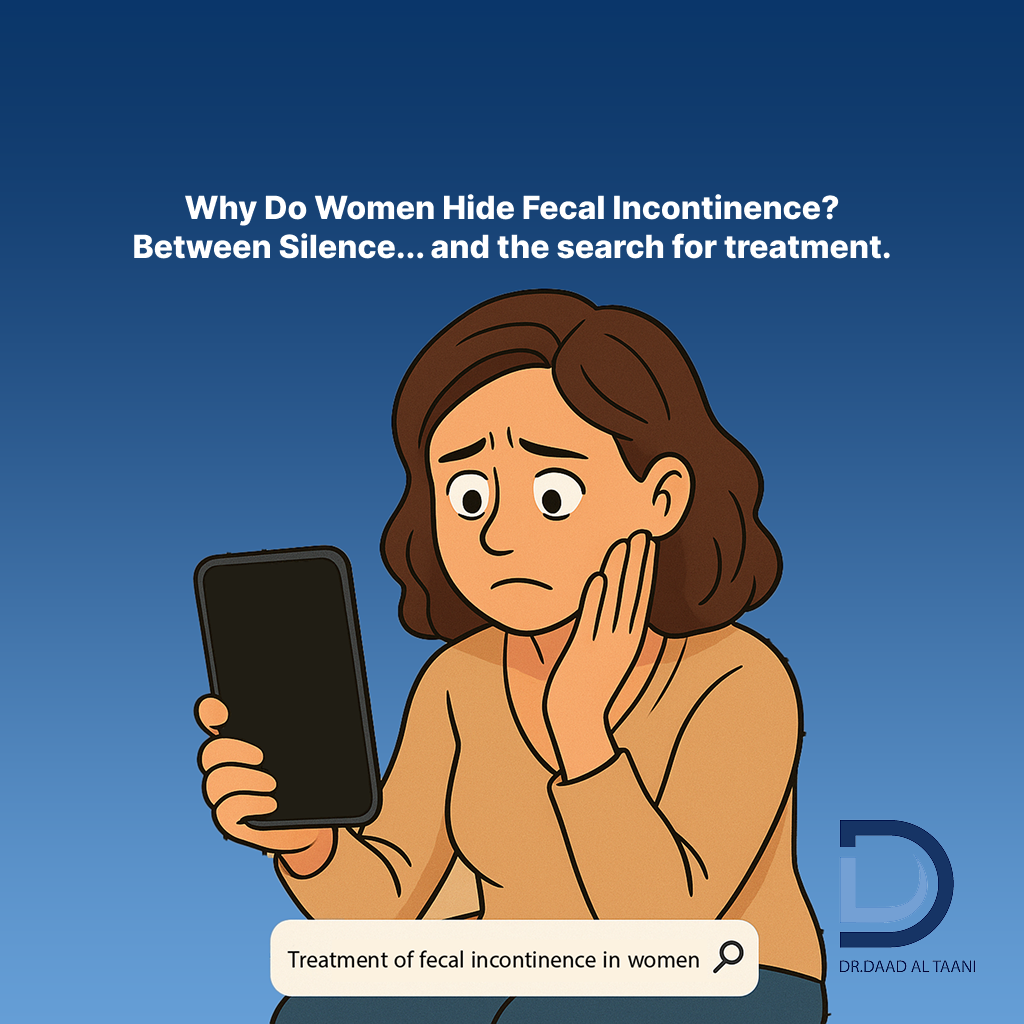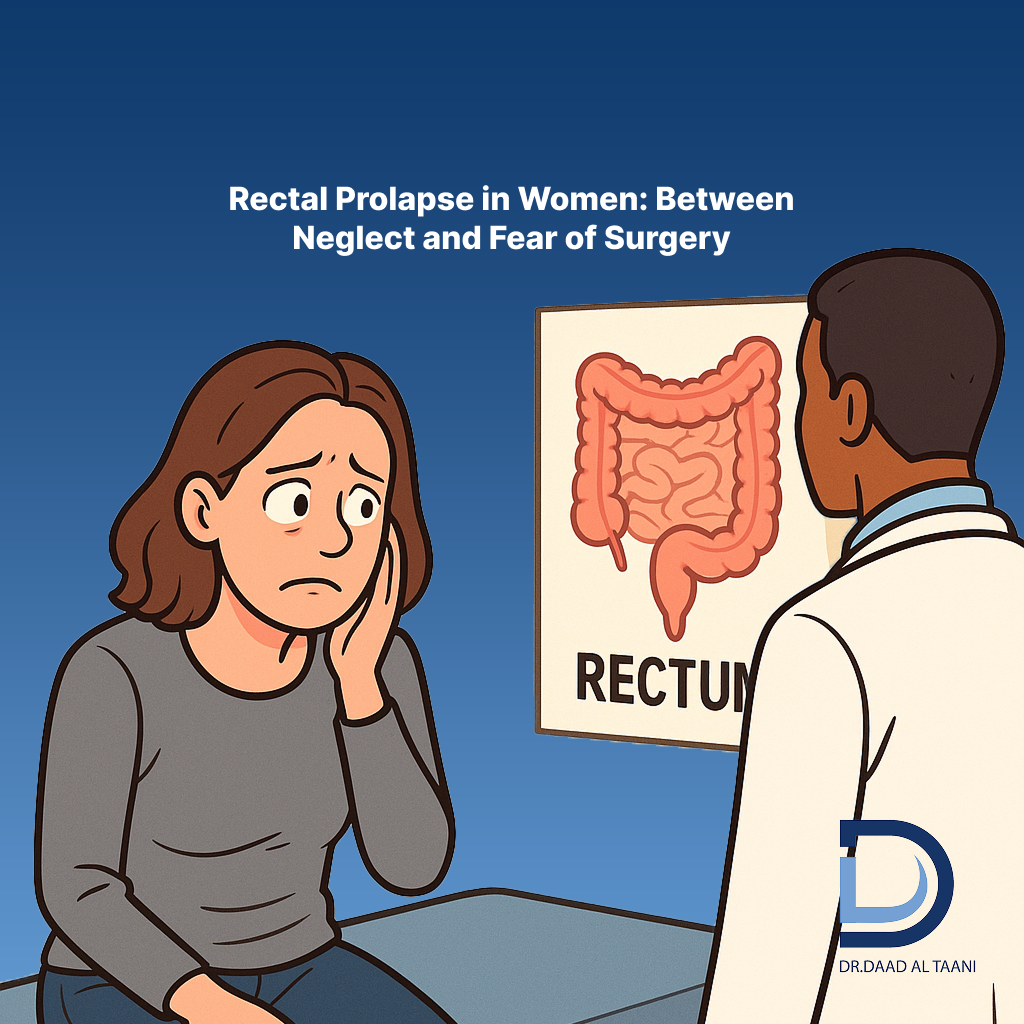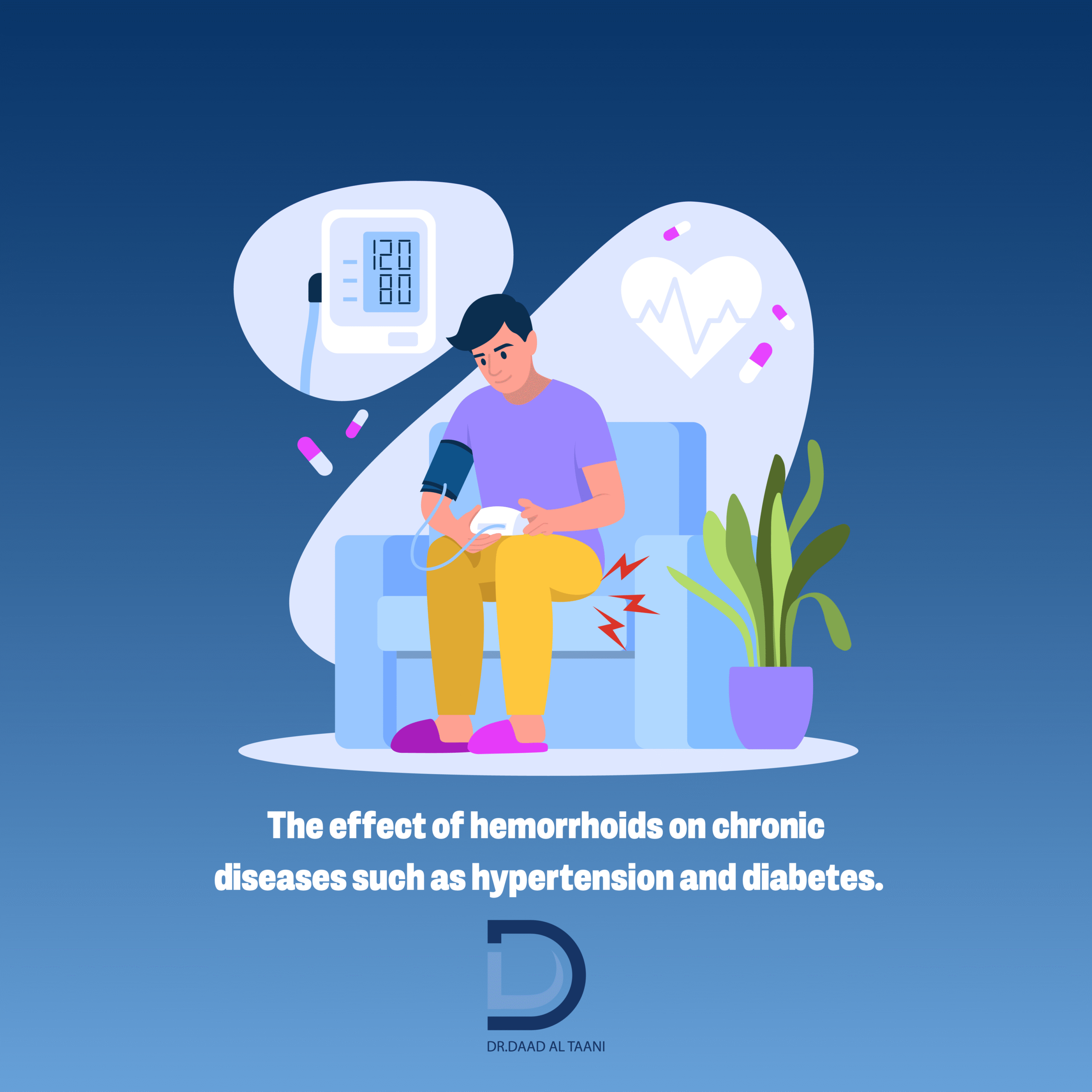What Is a Pilonidal Sinus and What Are the Best Ways to Treat It?
A pilonidal sinus is a common skin condition that appears at the lower back, specifically near the tailbone. It usually begins as a small cyst containing hair or dead skin cells. Over time, it can become inflamed, causing pain, swelling, and redness, and may discharge pus or blood.
Ignoring the symptoms may lead to complications, so it’s best to consult a doctor immediately if you notice any changes in this area.
The primary cause of a pilonidal sinus is ingrown hair, which irritates the skin and leads to localized inflammation. Risk factors include prolonged sitting, excessive sweating, wearing tight clothing, and obesity. Extra weight places pressure on the tailbone area, increasing the likelihood of infection.
If you’re in Dubai and looking for an expert female doctor to treat pilonidal sinus, Dr. Duaa Al-Taani is considered one of the top specialists in this field. She offers a range of treatment options depending on the severity of the case. These include laser therapy as a non-surgical option, as well as cleaning and drainage for simpler cases. In recurrent cases, she can perform complete surgical removal with precision and efficiency. Dr. Daad utilizes the latest technologies and provides comprehensive care from diagnosis to prevention.
At the end of this article, we will also discuss the differences between pilonidal sinus, hemorrhoids, and anal fissures. Understanding these differences is essential for accurate diagnosis and choosing the right treatment.
Awareness and early intervention can help reduce complications. Don’t wait for the symptoms to worsen—take the first simple step: consult a doctor.
You can follow our YouTube channel here.








